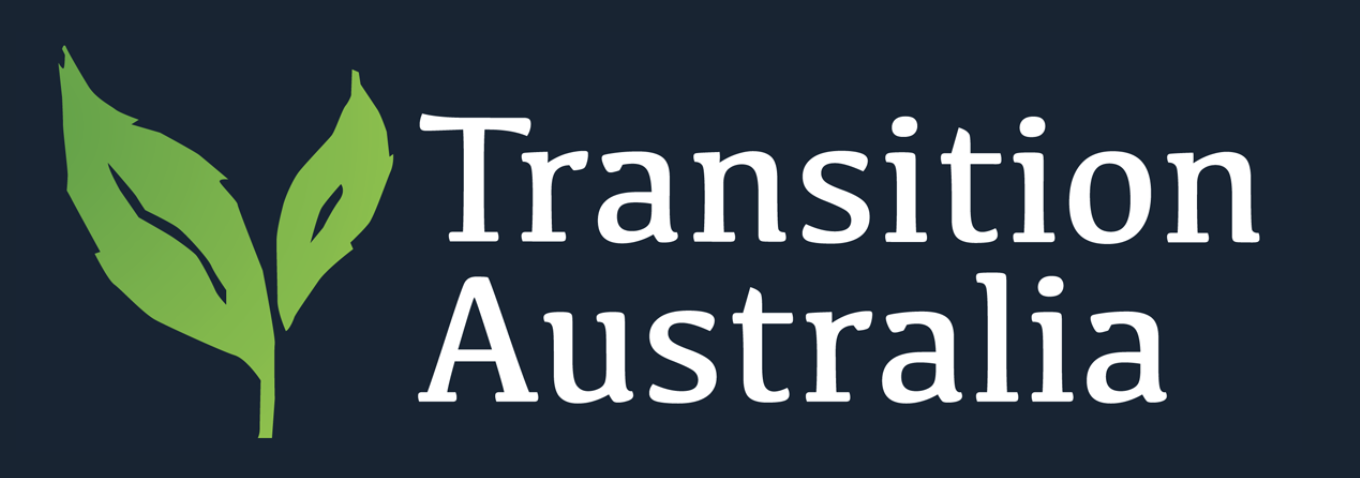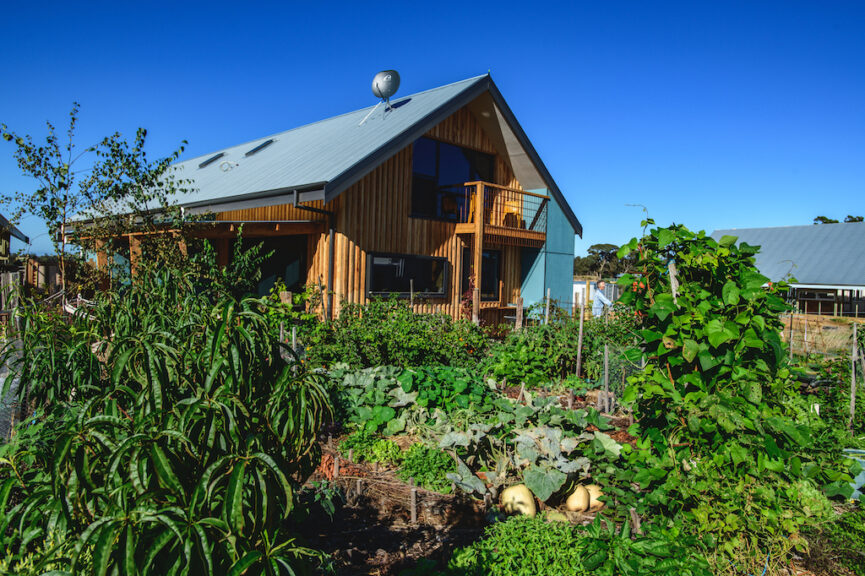We are the Sorensens, an architect/artist couple in our middle years and without children or much family to speak of. We have lived in the Margaret River region of WA for nearly 30 years and are very embedded in the local community. Environmental activism, volunteering, instigating, facilitating and educating have always been part of our lives.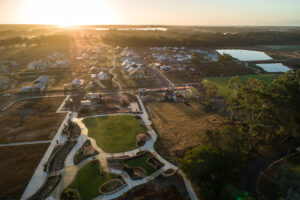
Recently we have moved into a brand new ecovillage that has been evolving in our neighbourhood for the last 10 years. We had been involved at the conceptual stage and then patiently watched the lengthy and arduous multi-layered processes of approvals and realisation.
The dream of a developer couple
The Witchcliffe Ecovillage is unusual in that it is developer driven, meaning it has not originated from a group of people coming together to build a different way of life. Instead, it is the dream of a developer couple who have made it reality and who now sell sustainable real estate and a better, greener lifestyle to people seeking an alternative to common suburban life.
Planned with community in mind
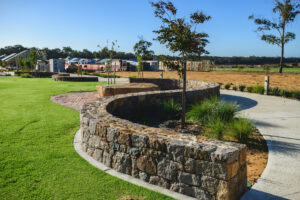
Village Square stonework
So what is different here: The eventual 350 or more residential strata lots are planned with community in mind. Wanting more connection and a sense of belonging seems to be the main reason people of all ages and backgrounds want to move here.
Groups of 20-25 house lots are arranged in ring formations called clusters. In its centre each cluster has a large shared space with vegetable gardens, chooks, an orchard, a playground, a lawn and a community house for gatherings.
High sustainability standards
Every residential house lot has a northern aspect for solar passive design. All houses have to be built to very high sustainability standards and go through an Ecovillage approval process.
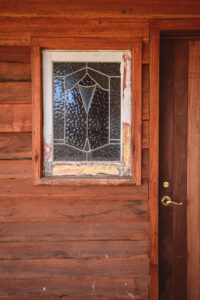
upcycling
There are village by-laws that aim to ensure a peaceful and sustainable way of living and sharing. ‘Working where you live’ is part of the larger concept and there are many opportunities for commercial ventures including agricultural lots where you can grow crops or raise animals.
All houses collect rainwater and community gardens and agricultural lots have access to dam water. The village has got its own sewer station that filters water and irrigates a communally owned avocado orchard and timber lot.
Still in the making are electricity microgrids with solar panels on every house that then will be connected to cluster batteries that can inter-trade, sell back or charge visitors’ cars.
There are also wider recreational commonly owned spaces like an oval, lakes, some forest, and a town centre square that eventually will be surrounded by suitable commercial buildings. All these communal spaces are connected through a vast network of foot/bike paths.
Already a feel of community
Currently about 30 households have moved in and already there is a feel of community. We have formed a Permaculture group, a food network is growing, kids are playing together in the cluster spaces, people are helping each other building and establishing gardens.
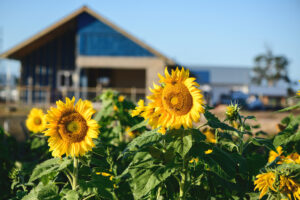 There is much to do on the social and cultural side of things before this ecovillage can call itself a resilient sustainable community, but the beginnings bode well. Yesterday we had the first gathering around our shared fire pit – yay, great times ahead!
There is much to do on the social and cultural side of things before this ecovillage can call itself a resilient sustainable community, but the beginnings bode well. Yesterday we had the first gathering around our shared fire pit – yay, great times ahead!
For more information visit www.ecovillage.net.au
Britta Sorensen
August 2022
|
|
